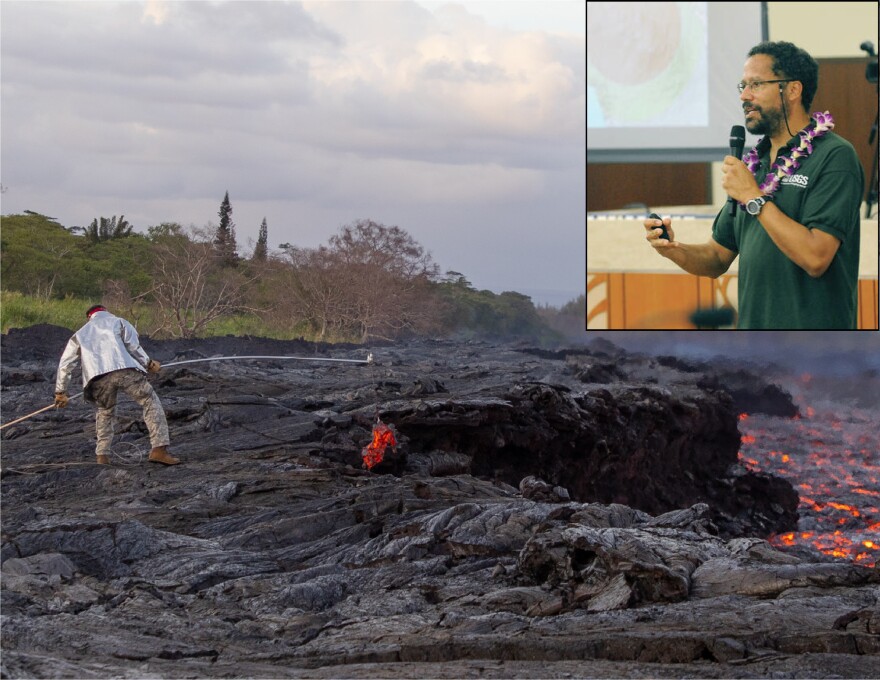Maunaloa, the world’s largest active volcano, is “reawakening,” says Frank Trusdell, a research geologist with the U.S. Geological Survey's Hawaiian Volcano Observatory.
"I would say that right now the signs are pointing to the influx of magma into the volcano. Maunaloa is not a dead volcano. The recent seismicity is reflective of the ingress of magma into the reservoir," Trusdell told HPR. "We're looking at a reawakening of Maunaloa, although an eruption is not imminent."
Trusdell was recently recognized by the U.S. Department of the Interior as the “world’s authority on Maunaloa.”

When asked whether he would be more surprised if Maunaloa erupted this year or if it went another two decades without erupting, Trusdell said "either scenario could be equally likely at this point in time."
"We've had periods in the recent past where we've seen a pulse of magma come into the volcano, an increase in seismicity, a swelling of the volcano, and then the volcano goes quiescent for a few years. And then we see another pulse of lava come in. And we've seen at least two to three episodes of these happen in the recent past," he added.
Maunaloa is not erupting. But a magnitude 5.0 earthquake was the strongest of a series of temblors that struck last Friday on Maunaloa — which last erupted in 1984.
"If I search back about 3,000 years, the eruption frequency is about one eruption every six years," Trusdell said. "When I say that it erupted once every six years, it's a time average... So it's very possible that we had a clustering of eruptions with longer repose times and then another cluster where Maunaloa will erupt frequently."

For Hawaiʻi Island residents, lava inundation maps are available to show how your specific community might be affected. Find them below or on the HVO's website.
"They can identify upslope, what segment will impact them. So if there's an eruption and the flow has happened to go into that geographic sector where people live, then they know based on their own research, that they could be impacted. And hopefully, they will have made some preparation," Trusdell said.
There are inundation zones that impact not just the immediate surrounding area, but also as far away as Hilo and as far north as Puakō.
"We've also created maps that show once an eruption starts, how quickly lava flows can get to the different regions on the flank of the volcano. So let's go back to the Northeast Rift and Hilo as an example. A lava flow initiates on the Northeast Rift Zone and based on the past 200 years of eruptive history, we know that it'll take weeks to months to get there. In contrast, along the Southwest Rift Zone, the southwest coast of the Big Island, we know that lava flows can reach the ocean in a matter of hours," he said.
This interview aired on The Conversation on Oct. 18, 2022. The Conversation airs weekdays at 11 a.m. on HPR-1.







